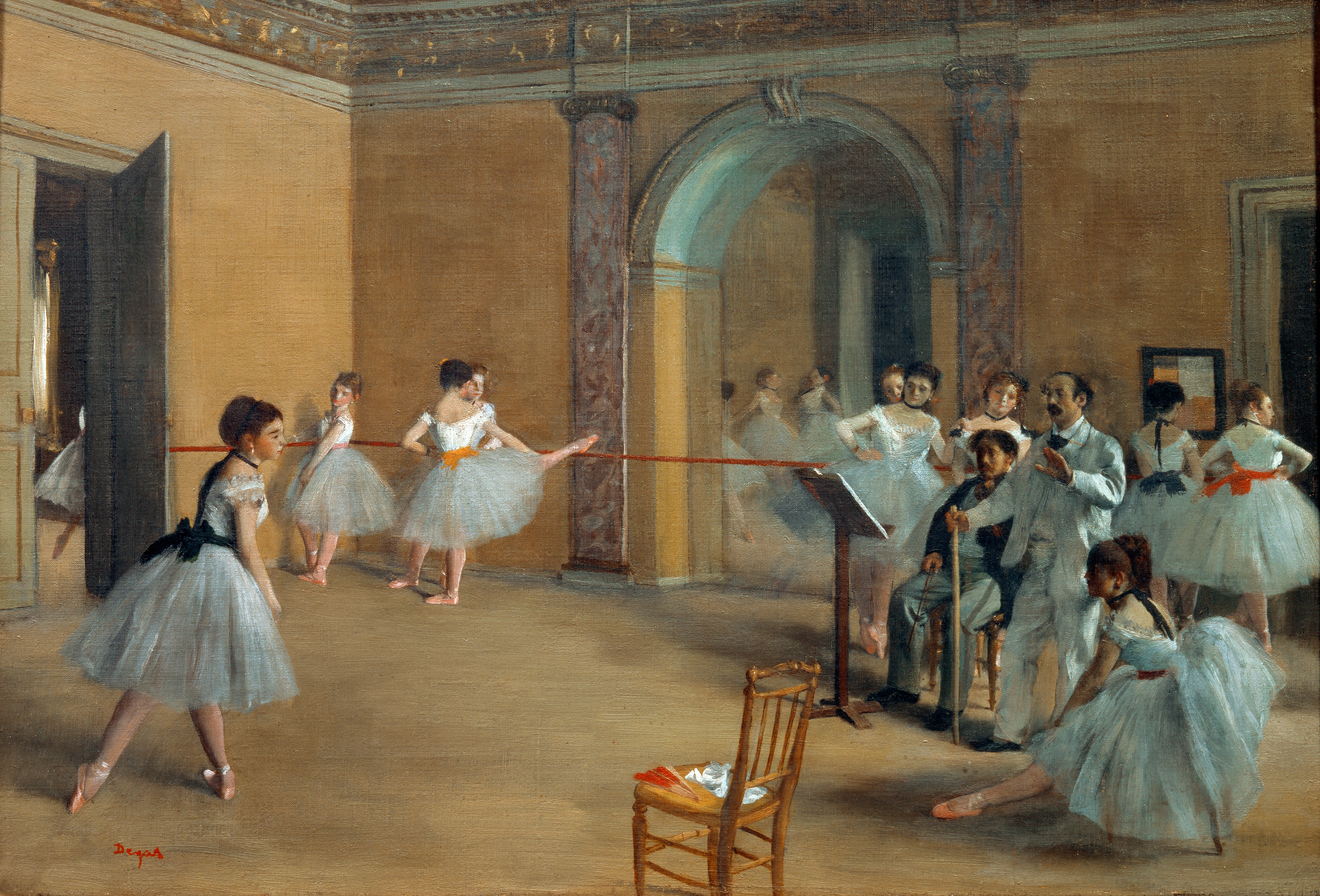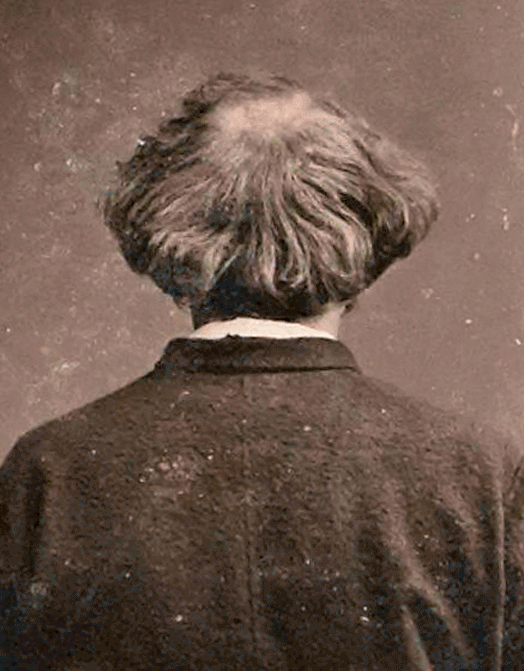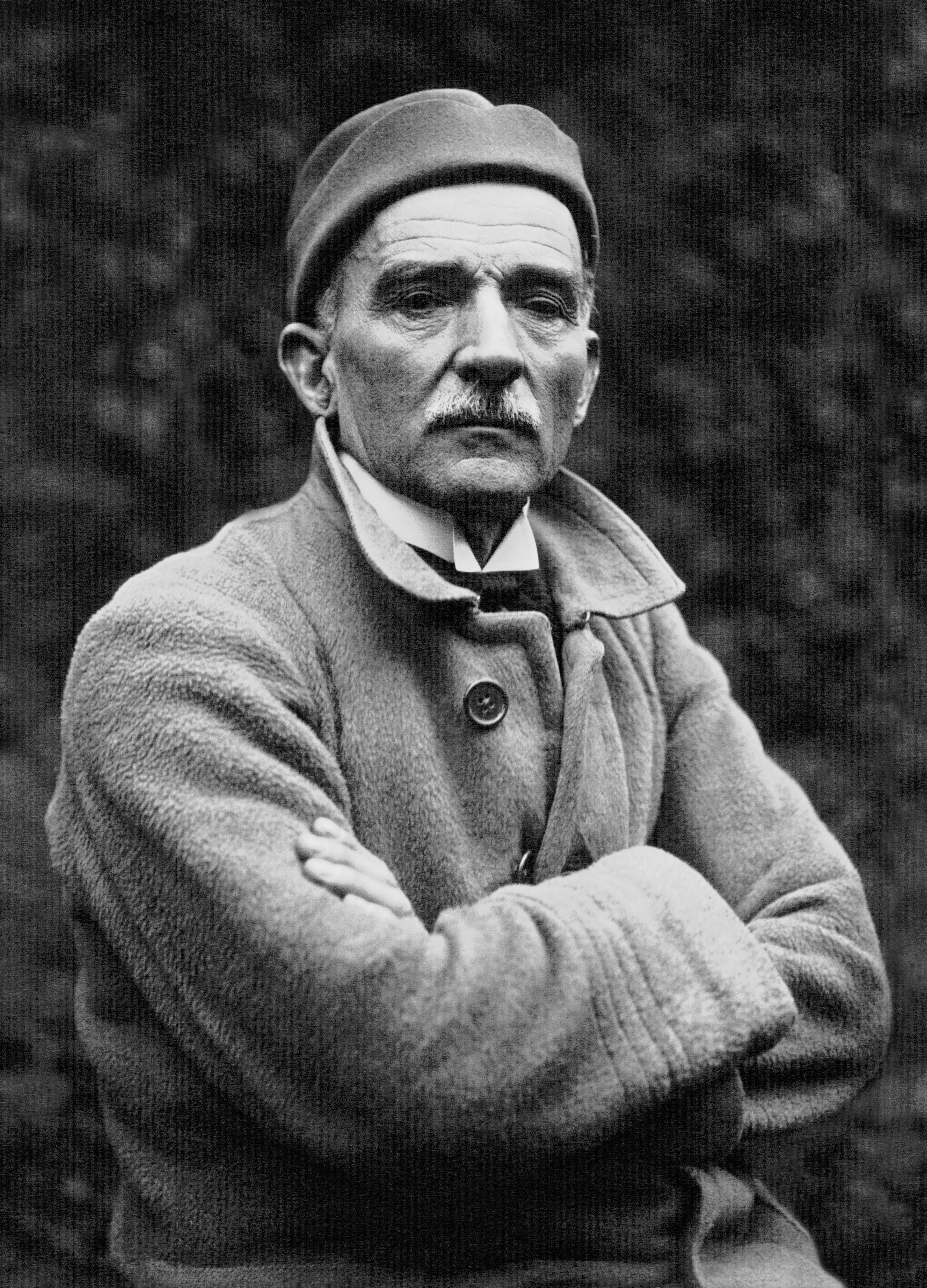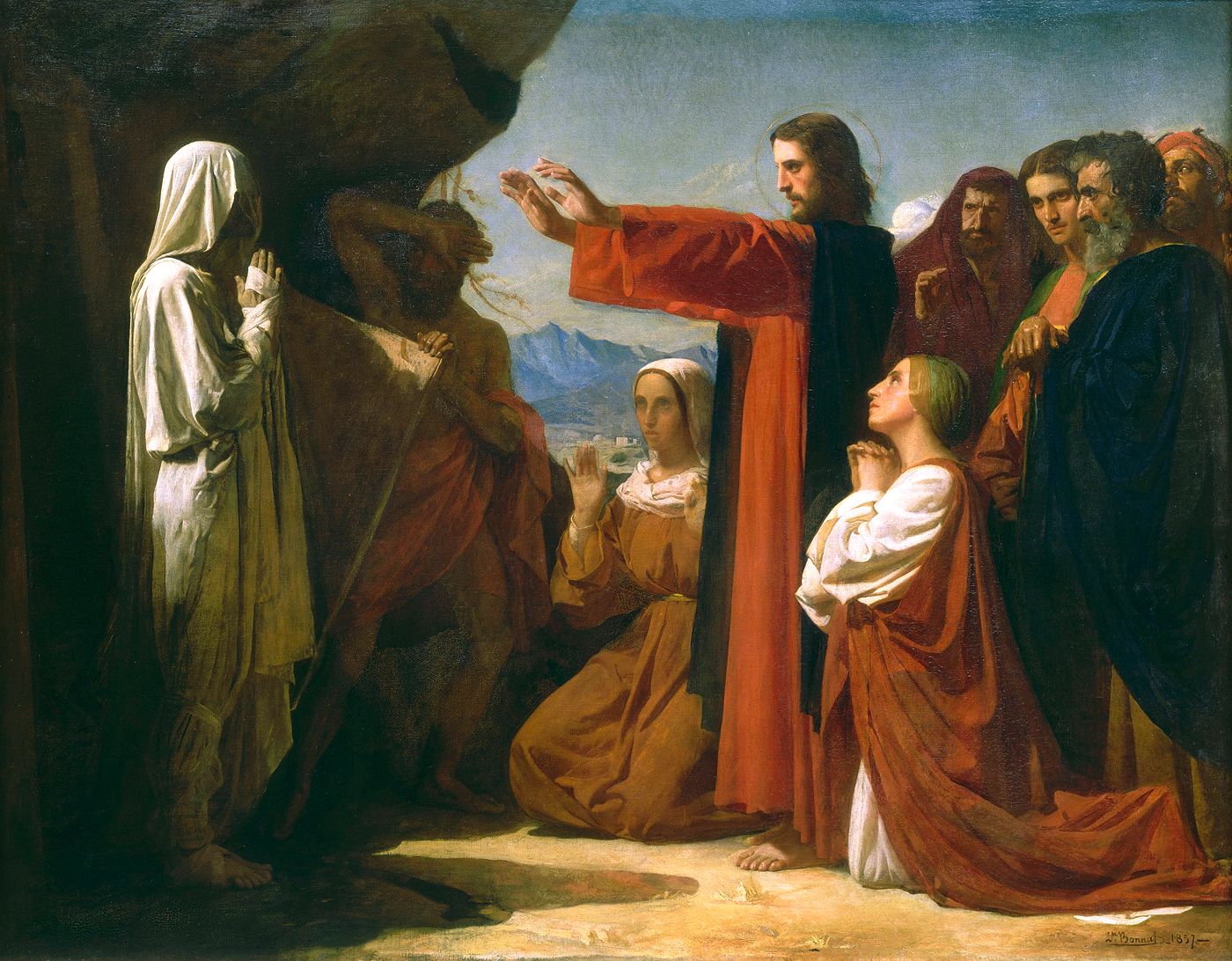|
Rosita Mauri
''María Isabel Amada Antonia Rosa Mauri Segura'' or ''Roseta Mauri y Segura'' (15 September 1850 – 3 December 1923) was a Spanish dancer and ballet teacher. Her year of birth has also been quoted as between 1849 and 1856. A prima ballerina of international reputation, she was depicted frequently by artists, sculptors and photographers and was also the subject of several poetic tributes. Career Rosita Mauri was the daughter of the Catalan ballet master and choreographer Pedro Rafael Jaime Mauri who, from her childhood, trained her for stardom. She was brought up in Reus, which has sometimes been claimed as her place of birth, and began her dancing career in 1865. Her rise to become one of Europe's principal ballerinas started in 1877, when the French composer Charles Gounod saw her dancing at La Scala, Milan. He then persuaded the Paris Opera to engage her and she premiered in Gounod's ''Polyeucte'' the following year. After she retired from full-time dancing, she taught futur ... [...More Info...] [...Related Items...] OR: [Wikipedia] [Google] [Baidu] |
Palma De Mallorca
Palma (; ; also known as ''Palma de Mallorca'', officially between 1983–88, 2006–08, and 2012–16) is the capital and largest city of the autonomous community of the Balearic Islands in Spain. It is situated on the south coast of Mallorca on the Bay of Palma. The Cabrera Archipelago, though widely separated from Palma proper, is administratively considered part of the municipality. , Palma Airport serves over 29 million passengers per year. History Palma was founded as a Roman camp upon the remains of a Talaiotic settlement. The city was subjected to several Vandal raids during the fall of the Western Roman Empire, then reconquered by the Byzantine Empire, then colonised by the Moors (who called it ''Medina Mayurqa'') and, in the 13th century, by James I of Aragon. Roman period After the conquest of Mallorca, the city was loosely incorporated into the province of Tarraconensis by 123 BC; the Romans founded two new cities: ''Palma'' on the south of the island, ... [...More Info...] [...Related Items...] OR: [Wikipedia] [Google] [Baidu] |
Louis Mérante
Louis Alexandre Mérante (23 July 1828–Courbevoie, 17 July 1887) was a dancer and choreographer, the ''Maître de Ballet'' (First Balletmaster/Chief Choreographer) of the Paris Opera Ballet at the Salle Le Peletier until its destruction by fire in 1873, and subsequently the first Ballet Master at the company's new Palais Garnier, which opened in 1875. He is best remembered as the choreographer of Léo Delibes' '' Sylvia, ou la nymphe de Diane'' (1876). With Arthur Saint-Léon and Jules Perrot, he is one of the three choreographers who defined the French ballet tradition during the Second French Empire and the Third Republic according to choreographer Pierre Lacotte. Biography Born in Paris, Mérante was a pupil of Lucien Petipa, with whom he figured on the six-member select jury of the first annual competition for the Corps de ballet, held on 13 April 1860. The jury included the director of the new ''Conservatoire de danse'', as well as the former ballerina Marie Taglioni, its g ... [...More Info...] [...Related Items...] OR: [Wikipedia] [Google] [Baidu] |
Nadar (photographer)
Gaspard-Félix Tournachon (5 April 1820 – 20 March 1910), known by the pseudonym Nadar, was a French photographer, caricaturist, journalist, novelist, balloonist, and proponent of heavier-than-air flight. In 1858, he became the first person to take aerial photographs. Photographic portraits by Nadar are held by many of the great national collections of photographs. His son, Paul Nadar (1856–1939), continued the studio after his death. Life Gaspard-Félix Tournachon (also known as Nadar) was born in early April 1820 in Paris, though some sources state he was born in Lyon. His father, Victor Tournachon, was a printer and bookseller. Nadar began to study medicine but quit for economic reasons after his father's death. Nadar started working as a caricaturist and novelist for various newspapers. He fell in with the Parisian bohemian group of Gérard de Nerval, Charles Baudelaire, and Théodore de Banville. His friends picked a nickname for him, perhaps by a playful habit o ... [...More Info...] [...Related Items...] OR: [Wikipedia] [Google] [Baidu] |
Laurent Marqueste
Laurent-Honoré Marqueste ( Toulouse 12 June 1848 — Paris, 5 April 1920) was a French sculptor in the neo-Baroque Beaux-Arts tradition. He was a pupil of François Jouffroy and of Alexandre Falguière. Marqueste won the Prix de Rome in 1871. Life Marqueste was born at Toulouse, 12 June 1848. He made his official debut at the Paris salon of 1874 (with his painting ''Jacob and the Angel''). In 1893, he became a professor at the École des Beaux-Arts of Paris. In 1884 he received the Legion of Honour (becoming an officer in 1894, and commander in 1903). He became a member of the Institute de France in 1894. Career Marqueste's virtuosic work, often combining two figures, tended to be executed by specialist carvers working by pointing up his models, as had become common studio practice among French sculptors in the later nineteenth century. Among his commissions are a large number of allegorical architectural figural sculptures, historical portraits (''Victor Hugo'', and ... [...More Info...] [...Related Items...] OR: [Wikipedia] [Google] [Baidu] |
Denys Puech
Denys Puech (3 December 1854, Gavernac, Bozouls, Aveyron – December 1942, Rodez, Aveyron) was a French sculptor. Biography From a family of farmers (his brother was Louis Puech, Député for the Seine Department from 1898 to 1932, and Minister of Public Works from 3 November 1910 to 27 February 1911), he began as an apprentice in the marble workshop of François Mahoux in Rodez. In 1872, after two years training, he pursued an apprenticeship in Paris in the workshop of François Jouffroy then of Alexandre Falguière and Henri Chapu, at the same time following an evening course at the Beaux-Arts. 1881 and 1883 saw his first successes, when he twice won the second prize in the prix de Rome contest, for his '' Tyrtaeus singing the Messanians'' (''Tyrtée chantant les Messéniennes'') and '' Diagoras dying for joy on learning of his two victorious children's triumph at the Olympic Games'' (''Diagoras mourant de joie en apprenant le triomphe de ses deux enfants vainque ... [...More Info...] [...Related Items...] OR: [Wikipedia] [Google] [Baidu] |
Ludovic-Napoléon Lepic
Ludovic-Napoléon Lepic (17 December 1839 – 27 October 1889) was a French artist, archaeologist and patron of the arts. He was styled as ''Vicomte Lepic'' until his father's death in 1875, when he succeeded to the title of ''Comte Lepic''. He is best remembered today as a friend of Edgar Degas, who included him in some eleven paintings and pastels. He was among the original Impressionist group and later became a recognised marine painter. Life and career Lepic was the grandson of the Napoleonic general Louis Lepic, from whom the comital title had descended. His father was Louis-Joseph-Napoléon Lepic (1810–1875), who had a distinguished military career and was a close supporter of Napoléon III. Destined for a similar career, Ludovic persuaded his father to allow him to train as a painter instead, originally with Gustave Wappers, the official painter of the Belgian king, and later with the animal painter Charles Verlat, who encouraged him to take up etching. Much of Le ... [...More Info...] [...Related Items...] OR: [Wikipedia] [Google] [Baidu] |
Anders Zorn
Anders Leonard Zorn (18 February 1860 – 22 August 1920) was a Swedish painter. He attained international success as a painter, sculptor, and etching artist. Among Zorn's portrait subjects include King Oscar II of Sweden and three American Presidents: Grover Cleveland, William H. Taft, and Theodore Roosevelt. At the end of his life, he established the Swedish literary Bellman Prize in 1920. Biography Zorn was born and raised on his grandparents' farm in Yvraden, a hamlet near the village of Utmeland in the parish of Mora, Dalarna. He studied until the age of twelve in the school at Mora Strand before progressing in the autumn of 1872 to a secondary grammar school in Enköping. From 1875 to 1880, Zorn studied at the Royal Swedish Academy of Arts in Stockholm, where he amazed his teachers with his talent. Members of the Stockholm Society approached him with commissions. In early 1881, Zorn met Emma Lamm, whose background was quite different from his. Emma Lamm was from ... [...More Info...] [...Related Items...] OR: [Wikipedia] [Google] [Baidu] |
Léon Comerre
Léon François Comerre (10 October 1850 – 20 February 1916) was a French academic painter, famous for his portraits of beautiful women and Oriental themes. Life Comerre was born in Trélon, in the Département du Nord, the son of a schoolteacher. He moved to Lille with his family in 1853. From an early age he showed an interest in art and became a student of Alphonse Colas at the École des Beaux-Arts in Lille, winning a gold medal in 1867. From 1868 a grant from the Département du Nord allowed him to continue his studies in Paris at the famous École nationale supérieure des Beaux-Arts in the studio of Alexandre Cabanel. There he came under the influence of orientalism. Comerre first exhibited at the Paris Salon in 1871 and went on to win prizes there in 1875 and 1881. In 1875, he won the Grand Prix de Rome for his painting "''L’Ange annonçant aux bergers la naissance du Christ''" (The Angel announcing the birth of Christ to the shepherds). This led to a scholarshi ... [...More Info...] [...Related Items...] OR: [Wikipedia] [Google] [Baidu] |
Léon Bonnat
Léon Joseph Florentin Bonnat (20 June 1833 – 8 September 1922) was a French painter, Grand Officer of the Légion d'honneur and professor at the Ecole des Beaux Arts. Early life Bonnat was born in Bayonne, but from 1846 to 1853 he lived in Madrid, where his father owned a bookshop. While tending his father's shop, he copied engravings of works by the Old Masters, developing a passion for drawing. In Madrid he received his artistic training under Madrazo. He later worked in Paris, where he became known as a leading portraitist, never without a commission. His many portraits show the influence of Velázquez, Jusepe de Ribera and other Spanish masters, as well as Titian and Van Dyke, whose works he studied in the Prado, which placed him at the forefront of painting in France in the 1850s, opposing neoclassicism and academicism. Following the period in Spain, Bonnat worked the studios of the history painters Paul Delaroche and Leon Cogniet (1854) in Paris. Despite repeated attem ... [...More Info...] [...Related Items...] OR: [Wikipedia] [Google] [Baidu] |
Auguste Renoir
Pierre-Auguste Renoir (; 25 February 1841 – 3 December 1919) was a French artist who was a leading painter in the development of the Impressionist style. As a celebrator of beauty and especially feminine sensuality, it has been said that "Renoir is the final representative of a tradition which runs directly from Rubens to Watteau." He was the father of actor Pierre Renoir (1885–1952), filmmaker Jean Renoir (1894–1979) and ceramic artist Claude Renoir (1901–1969). He was the grandfather of the filmmaker Claude Renoir (1913–1993), son of Pierre. Life Youth Pierre-Auguste Renoir was born in Limoges, Haute-Vienne, France, in 1841. His father, Léonard Renoir, was a tailor of modest means, so, in 1844, Renoir's family moved to Paris in search of more favorable prospects. The location of their home, in rue d’Argenteuil in central Paris, placed Renoir in proximity to the Louvre. Although the young Renoir had a natural proclivity for drawing, he exhibited a greater ta ... [...More Info...] [...Related Items...] OR: [Wikipedia] [Google] [Baidu] |
Édouard Manet
Édouard Manet (, ; ; 23 January 1832 – 30 April 1883) was a French modernist painter. He was one of the first 19th-century artists to paint modern life, as well as a pivotal figure in the transition from Realism to Impressionism. Born into an upper-class household with strong political connections, Manet rejected the naval career originally envisioned for him; he became engrossed in the world of painting. His early masterworks, ''The Luncheon on the Grass'' (''Le déjeuner sur l'herbe'') and '' Olympia'', both 1863, caused great controversy and served as rallying points for the young painters who would create Impressionism. Today, these are considered watershed paintings that mark the start of modern art. The last 20 years of Manet's life saw him form bonds with other great artists of the time; he developed his own simple and direct style that would be heralded as innovative and serve as a major influence for future painters. Early life Édouard Manet was born in Pa ... [...More Info...] [...Related Items...] OR: [Wikipedia] [Google] [Baidu] |
Edgar Degas
Edgar Degas (, ; born Hilaire-Germain-Edgar De Gas, ; 19 July 183427 September 1917) was a French Impressionist artist famous for his pastel drawings and oil paintings. Degas also produced bronze sculptures, prints and drawings. Degas is especially identified with the subject of dance; more than half of his works depict dancers. Although Degas is regarded as one of the founders of Impressionism, he rejected the term, preferring to be called a realist,Gordon and Forge 1988, p. 31 and did not paint outdoors as many Impressionists did. Degas was a superb draftsman, and particularly masterly in depicting movement, as can be seen in his rendition of dancers and bathing female nudes. In addition to ballet dancers and bathing women, Degas painted racehorses and racing jockeys, as well as portraits. His portraits are notable for their psychological complexity and their portrayal of human isolation. At the beginning of his career, Degas wanted to be a history painter, a calling f ... [...More Info...] [...Related Items...] OR: [Wikipedia] [Google] [Baidu] |










.jpg)